Kubilay Hicyilmaz, a structural engineer in Arup’s Dubai office, write about this for this month’s blog. Kubilay is Turkish and a seismic specialist whose experience includes prestigious commercial developments in developed seismic regions through to the training of local tradesmen in Kashmir following the South East Asia earthquake of 2005.
The principle of engineering structures for an earthquake zone is a simple one: ’Earthquakes do not kill people, structures do.”
Unsurprisingly, when large earthquakes happen in remote locations the human death toll is often close to zero with minimal economic impact. When large earthquakes happen in built up places, the results are far more variable. In locations such as California, Chile, Japan or New Zealand the number of people killed is generally small, but in other locations (China, Pakistan, Haiti) the death rate is often very high because the housing stock isn’t as earthquake resistant.
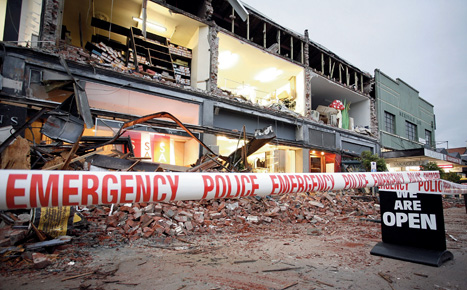
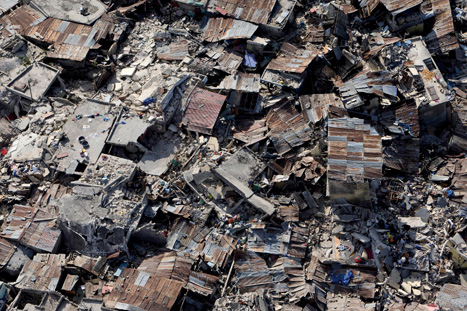
Earthquakes since 1900 with death toll > 50,000 (USGS)
| Date | Location | Deaths | Magnitude |
| 1908/12/28 | Messina, Italy | 72,000 | 7.2 |
| 1976/07/27 | Tangshan, China | 242,769 | 7.5 |
| 1920/12/16 | Haiyuan, Ningxia, China | 200,000 | 7.8 |
| 1923/09/01 | Kanto, Japan | 142,800 | 7.9 |
| 1948/10/05 | Ashgabat (Ashkhabad), Turkmenistan | 110,000 | 7.3 |
| 1990/06/20 | Western Iran | 50,000 | 7.4 |
| 2005/10/08 | Kashmir, Pakistan | 86,000 | 7.6 |
| 2008/05/12 | Eastern Sichuan, China | 87,587 | 7.9 |
| 2010/01/12 | Port au Prince, Haiti | 316,000 | 7.0 |
Economic losses tend to be larger for the places with low death rates, but expressed as a percentage of Gross National Product (GNP) the impact for these location is still generally small. Where the death rate is high the dollar cost is usually low but astronomical as a percentage of GNP. For example the direct losses from the 1989 Loma Prieta earthquake in San Franciso were ~8.0 $bn but this was only a 0.2% loss in GNP of the USA. Conversely the recent earthquake in Port au Prince, Haiti, cost 7.9 $bn which represents a 120% loss in GNP.
Yet we know where the seismically prone regions are in the world; we also know how to make good construction materials and how to design and build earthquake resistant structures. So what is going wrong?
When earthquake death rates are very high it is because we have built many structures that collapse and kill their inhabitants even when moderate earthquakes occur. We build fast, thinking we are doing a great job. After all, we are providing housing as part of the global urbanisation process. However, I would argue that we are still building too many structures that will turn into graves because they will collapse and kill.
Roger Bilham, Professor of Geological Sciences at the University of Colorado at Boulder, has identified megacities that are threatened by a major disaster. These include Bogotá, Cairo, Caracas, Dhaka, Islamabad, Istanbul, Jakarta, Karachi, Katmandu, Lima, Manila, Mexico City, New Delhi, Quito, and Tehran.
Yet such disasters will not be natural disasters, not ‘black swan’ events. They will be man-made and will be a painful way to highlight our misplaced values.
To ensure we do not leave a legacy of unacceptable quality building stock for the next generation, speed and cost of new builds must be balanced by caution in the planning and design process. Seismic design may add to the workload, but it is too important to ignore, especially in areas experiencing rapid population and economic growth.
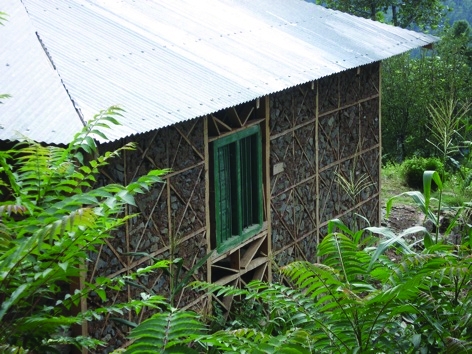
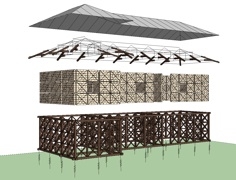
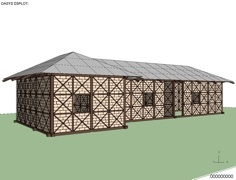
How much?
Using data from the World Bank and some simple assumptions we can estimate the yearly annual need for housing in earthquake prone regions. The population growth in seismic regions is approximately 53million — about the population of the UK — per year. These people need homes. If we assume an average of 100m2 to house five people at a cost of five times the estimated average annual income of £6,300 the annual new construction budget could be in the region of £334billion.
If we could earmark just 0.1% of the annual construction cost to promoting earthquake safety that would amount to £6.30 per new person per year. If we spread the monies further over the existing total global population the cost would be as little as seven pence per person per year.
Why don’t we find the many seven pence needed to make a difference?
To not do so sends an unpleasant message to the next generation: that forward planning and recognizing the consequence of one’s legacy do not matter in certain places.
Engineers can make a difference. How about:
1. Training to roll out disaster risk reduction engineering health campaigns,
2. Including earthquake engineering on every syllabus of every civil and structural engineering course,
3. Taking implementation seriously – train masons, carpenters, steel fixers, welders, home owners, policy makers, government officials, new students, practicing engineers and architects,
4. Developing an app for seismic design of typical structures - we know that mobile phones are becoming ubiquitous throughout the developing world and this would increase accessibility to information and knowledge of seismic design,
5. Create partnerships with mobile phone operators to collect donations from their customers to fund this.
Engineers and architects are the custodians of the built environment and it is time we showed leadership and made engineering safety a priority. Are we seriously investing all this money to see it crumble apart in 30 seconds?
Hope alone will not get us to where we need to be. I am sure we can do better.











Water Sector Talent Exodus Could Cripple The Sector
Maybe if things are essential for the running of a country and we want to pay a fair price we should be running these utilities on a not for profit...